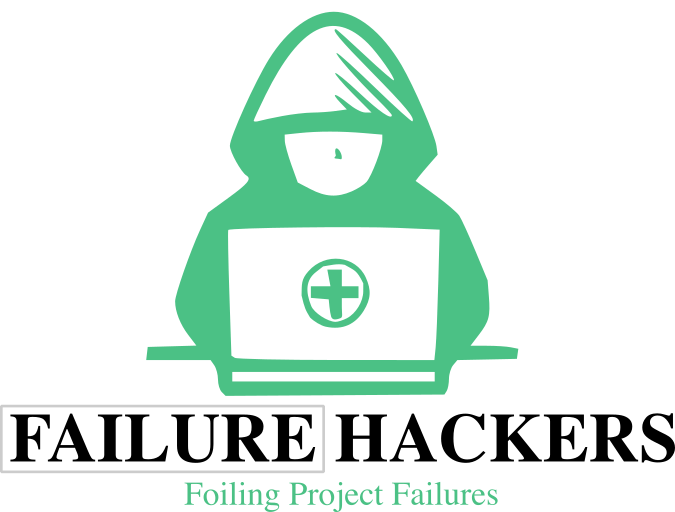Background: In a fast-growing professional services firm, meeting rooms had become a precious commodity. With hybrid working patterns, need for video-calls, desk-sharing, and an increase in collaborative project work, the demand for quiet, private meeting spaces surged. However, despite having enough rooms on paper, teams constantly found themselves wandering the building looking for an available space. Double-bookings and phantom reservations (where a room appeared booked but was unused) became a daily nuisance.
Workaround
To combat this, staff began reserving rooms informally. Some left their personal belongings and laptops to stake a claim; others created back-to-back recurring bookings “just in case.” A few teams even adopted unofficial room ownership, treating certain spaces as their default.
- Symptom: constant scheduling clashes, missed meetings, and frustration about the lack of transparency.
- Workaround applied: Employees relied on physical indicators (laptops, jackets) and informal norms to book and hold rooms.
Deeper Analysis
The company’s room booking software was outdated. It allowed for bookings without check-ins, didn’t automatically cancel no-shows, and wasn’t integrated with employees’ calendars. As a result, the system showed rooms as occupied when they weren’t and couldn’t identify patterns of misuse. Additionally, no policies were in place to guide booking etiquette.
- Cause: An ineffective booking system and lack of governance around shared space usage.
Root Cause
Technology and process had not kept pace with changing workplace behaviours. The company had no visibility over how spaces were actually used, nor any consequences for hoarding or misusing shared resources.
- Root Cause: Booking technology and policies not moving more quickly than workplace behaviours.
Solution
The organisation deployed a smart meeting room system with real-time availability, automatic check-ins using occupancy sensors, and integration with MS Teams and Google Calendar. They also introduced booking guidelines and monthly reports highlighting no-show rates and underutilised bookings. Training helped embed the new approach.
- Solution: the organisation introduced a smart meeting room system with automation, reporting, and training to improve usage.
Outcome
Meeting availability increased by 40%. Teams reported higher satisfaction with the booking system. Rooms were no longer claimed with jackets but scheduled fairly and visibly, and missed meetings due to room confusion dropped significantly.

